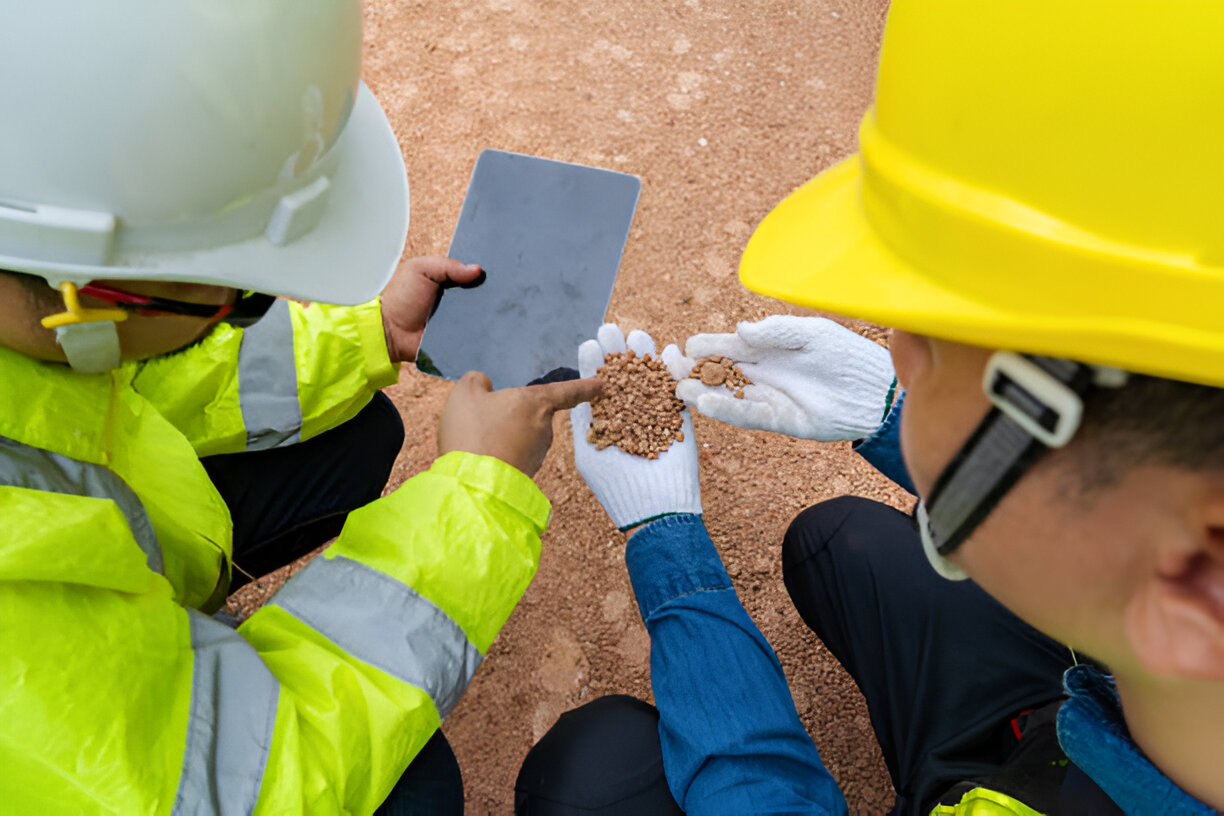
Building Strong Foundations: Choosing the Right Materials for Long-Term Durability
A strong foundation is the cornerstone of any successful structure. Whether it’s a residential home, commercial complex, or infrastructure project, the materials used in the foundation set the stage for long-term stability, safety, and performance. This blog dives deep into the world of foundation materials, offering insight into why material selection matters and how to make the right choice for durability that stands the test of time.
Traventure Homes builds strong foundation apartments in Saligramam, Anna Nagar, and Virugambakkam, showcasing excellence in material selection and structural integrity.
Understanding the Role of Foundation Materials in Structural Integrity
Foundation materials are not merely the base of a building; they are essential elements that bear the entire load and distribute it safely to the ground. When chosen wisely, these materials ensure the building remains stable during natural events like earthquakes, floods, or soil shifts. Conversely, poor material choice can lead to structural failure, increased maintenance costs, and safety hazards.
From preventing settlement and cracks to enhancing load distribution, the right foundation materials contribute to:
- Structural balance and uniform load transfer
- Resistance to environmental degradation
- Longevity of the entire building
Hence, the quality and type of material used are critical decisions in the construction planning phase.
Key Factors to Consider When Selecting Construction Materials
Several factors influence the selection of foundation materials. Ignoring these can result in costly errors or structural compromise. Key considerations include:
- Climate: Areas with extreme temperature fluctuations or high moisture require materials with appropriate thermal and water resistance.
- Soil Type: Clayey, sandy, or rocky soils behave differently under load. Certain materials perform better with specific soil types.
- Load Requirements: High-rise buildings or industrial structures impose heavy loads that need stronger materials.
- Local Regulations: Building codes and zoning laws often dictate which materials are acceptable in specific regions.
- Seismic and Flood Zones: Areas prone to earthquakes or floods need flexible, reinforced, or water-resistant materials.
Each of these factors can influence the foundation’s performance and lifespan. A thorough understanding ensures the structure remains safe and cost-effective throughout its lifecycle.
Concrete vs. Steel vs. Composite: A Comparative Guide
Among the wide array of foundation materials, concrete, steel, and composite materials dominate. Here’s a comparative look:
Concrete
Pros:
- Readily available and cost-effective
- Strong in compression
- Versatile and easy to mold
- Fire and weather-resistant
Cons:
- Poor tensile strength without reinforcement
- Prone to cracking over time
- Heavy and can require more foundation depth
Steel
Pros:
- High tensile and compressive strength
- Lightweight relative to strength
- Prefabrication options reduce construction time
- Ideal for earthquake-prone areas
Cons:
- Expensive
- Corrosion issues in high-moisture areas
- Requires skilled labor and proper insulation
Composite Materials (Fiber-Reinforced, Geopolymer Cement)
Pros:
- Enhanced strength and durability
- Resistant to chemical and environmental damage
- Lower carbon footprint (especially geopolymer)
Cons:
- More expensive initially
- Requires specialized knowledge to install
- Limited availability in some regions
Choosing between these depends on the specific needs of the project, budget, and long-term goals.
Soil Testing and Site Analysis: The First Step to Material Selection
Before laying a single brick, geotechnical investigation must be conducted. This involves analyzing the soil to determine:
- Bearing capacity
- Moisture content
- Soil composition and type
- Groundwater level
Such data helps engineers decide:
- The depth and type of foundation (shallow or deep)
- The appropriate materials (e.g., reinforced concrete in loose soil)
- Whether soil treatment is necessary (e.g., compaction or chemical stabilization)
Ignoring soil conditions can result in differential settlement, foundation heave, and even collapse. Therefore, investing in soil analysis is a non-negotiable step.
Innovative Materials for Modern Foundations
The construction industry is continuously evolving. New materials are emerging that offer superior performance and sustainability. Some noteworthy innovations include:
- Fiber-Reinforced Concrete (FRC): Integrates synthetic or steel fibers into concrete, increasing its resistance to cracking and improving post-crack behavior.
- Geopolymer Cement: Made from industrial waste like fly ash, this eco-friendly alternative has excellent durability and chemical resistance.
- Basalt Rebar: A lighter, corrosion-resistant alternative to steel reinforcement bars.
- Recycled Aggregates: Reusing crushed concrete and other materials reduces waste and costs without compromising strength.
These innovations are ideal for builders looking to balance performance, cost, and environmental responsibility.
Longevity and Maintenance: Thinking Beyond the Build
Choosing the right material doesn’t end with construction. It has long-term implications on maintenance and lifecycle costs.
- Concrete may require sealing, crack repair, and periodic inspection.
- Steel needs protection from moisture and regular coatings to prevent rust.
- Composite materials often require less upkeep but may need specialized repair techniques.
Materials that require minimal intervention tend to reduce operational expenses and extend the life of the structure.
Cost vs. Value: Making Smart Investments in Foundation Materials
Initial material cost is only one part of the equation. Wise investors consider:
- Lifecycle cost: Total cost over the building’s life, including repairs and maintenance.
- Performance value: How well the material supports the structure under stress.
- Risk mitigation: Reducing future risks of failure, accidents, or legal liabilities.
Spending more upfront on high-quality materials can often prevent costly repairs and disruptions later. It’s about finding the sweet spot between budget and long-term value.
Environmental Impact and Sustainable Material Choices
Sustainability is no longer optional. As environmental awareness grows, so does the demand for greener building practices. Foundation material choices play a big role in this:
- Geopolymer cement significantly reduces CO2 emissions compared to traditional cement.
- Recycled materials promote circular economy principles.
- Locally sourced materials reduce transportation emissions and support the local economy.
Certifications like LEED (Leadership in Energy and Environmental Design) reward eco-friendly construction, boosting market value and public image.
Conclusion
A foundation is more than just a physical base—it’s the guarantee of a building’s future. By understanding the role of materials, evaluating site conditions, embracing innovation, and balancing cost with value, builders can create structures that are not only durable but also efficient, safe, and sustainable.
Whether you’re constructing a skyscraper or a single-family home, the message is clear: choose wisely, build strong, and think long-term.



